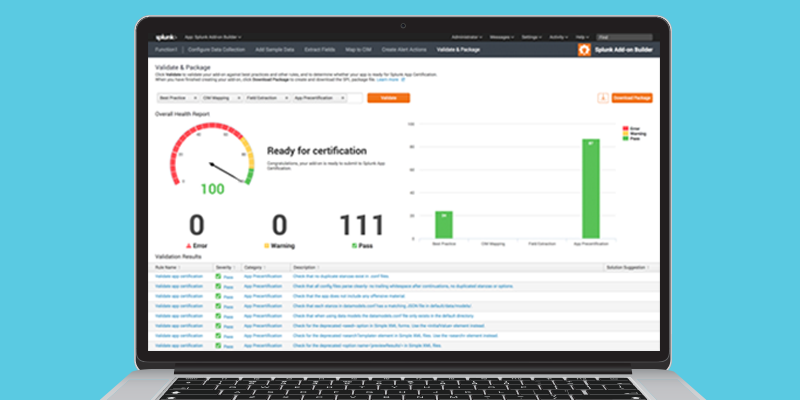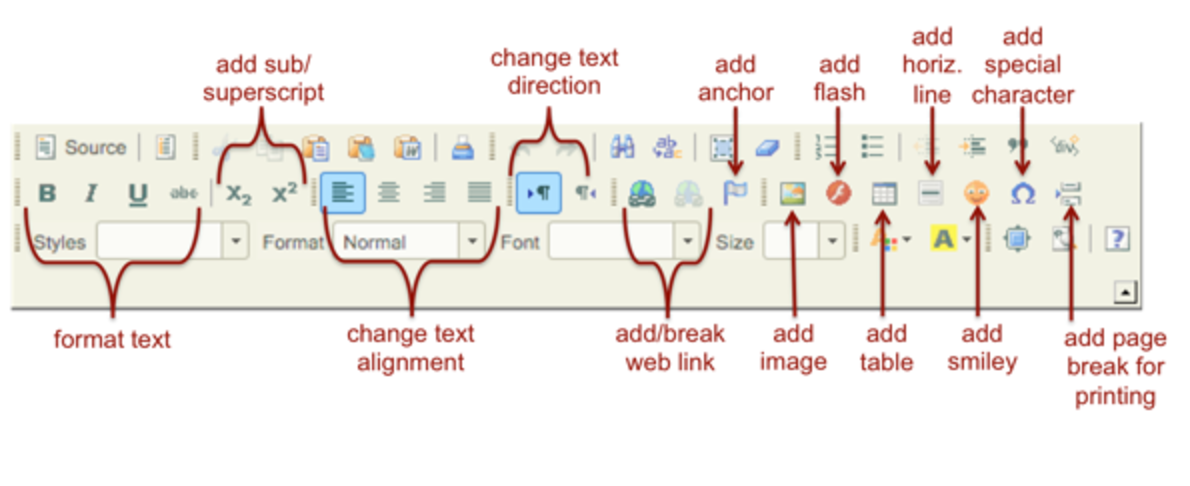What is Multi-site?
Generally speaking, multi-site is a feature that allows for the sharing of web application resources among several websites on a single software installation and provides "easy-to-use" facilities for the creation, management, and maintenance of multiple websites.
Is Multi-site right for me?
Does your organization require the ability to launch new websites quickly?
Is your organization comprised of distinct brands with their own web identity and possibly web/IT staff?
Is business booming and now you need a site dedicated to incoming...











